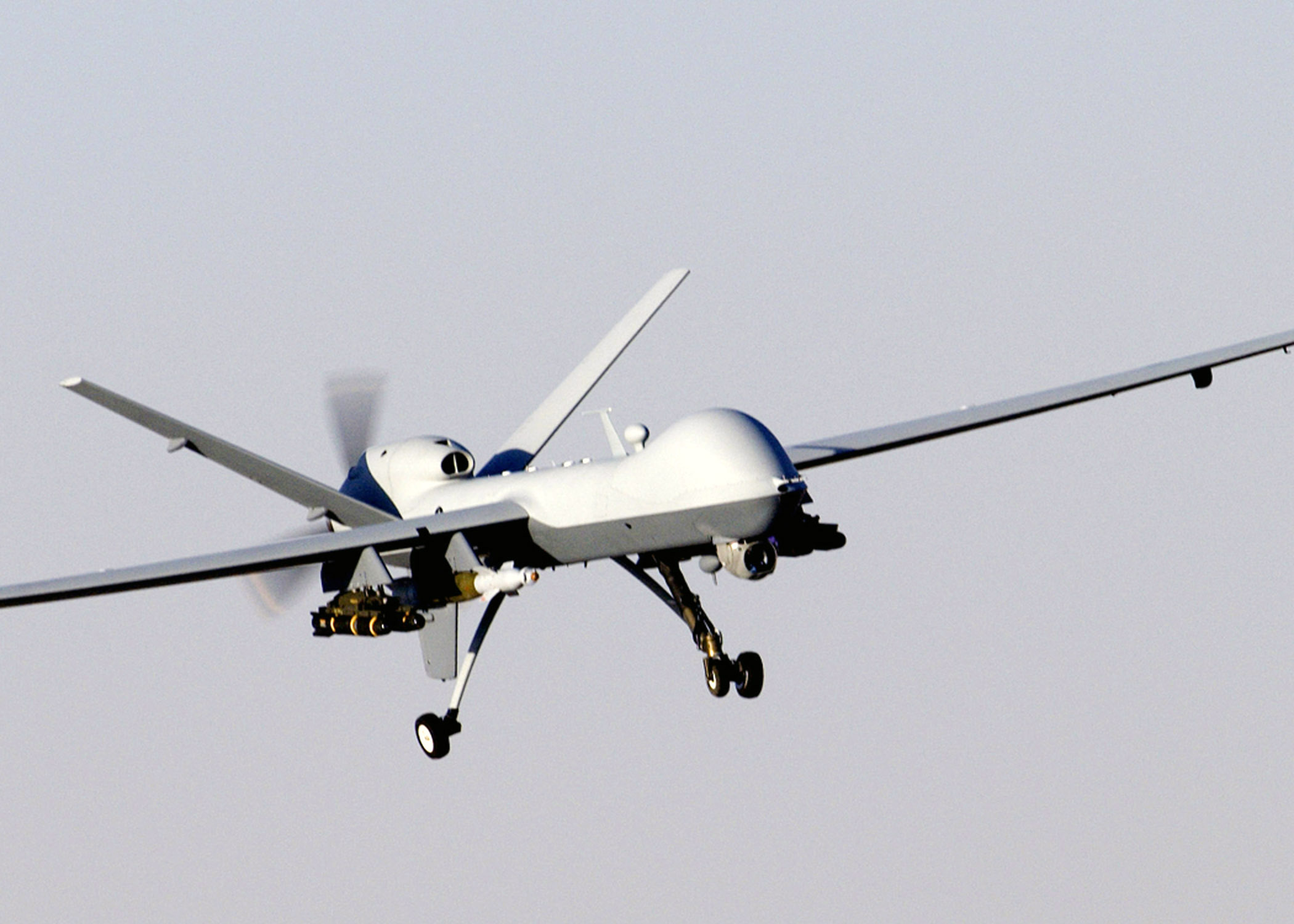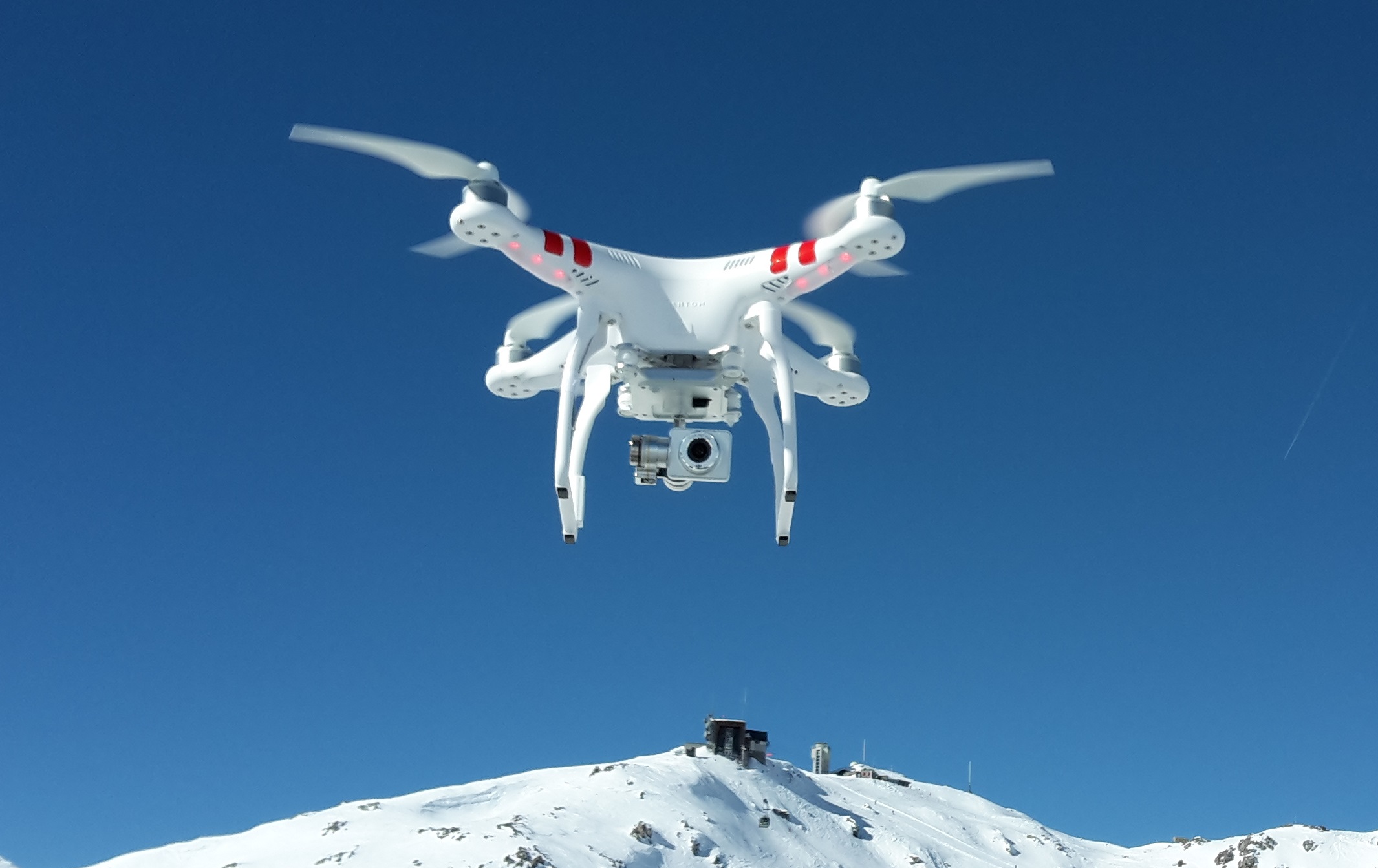This July, the South Korean Government authorized the commercial use of drones, such as courier drones. As with the US, which also gave similar permission only this June, this was a rather speedy decision from a global perspective. However, along with the many positive expectations associated with drones, there are also growing concerns about their safety and many other related problems. So how is the use of commercial drones being received by the international communities?
What Is a Drone?
The term drone is the more commonly known term to the public, but aviation professionals and governments call drones UAS (unmanned aircraft system) or UAV (unmanned aerial vehicle). According to the United States Department of Defense (DoD), a drone is a disposable or renewable aircraft carrying arms or ordinary cargo, without a human pilot aboard. Drones possess various degrees of autonomy, either under the control of a human operator or fully autonomous with an onboard navigational system.
However, from the early 2000s to the present time, drones had been developed strictly for military purposes and served as an air force vehicle. More specifically, the military deployment of a drone can take the form of a target and decoy, reconnaissance or combat. During the early days of drone development and use, drones served primarily as a target and decoy in air-to-air combat training or missile launch training. With the evolution of technologies, however, the use of drones has evolved to include surveillance activities and then to combat, including bombing runs. For instance, this May, the US military confirmed the death of Ahmed Mansour, the supreme leader of the Taliban in Afghanistan by drone strike.
|
 |
| An MQ-9 Reaper, a hunter-killer surveillance UAV |
In the civilian field, the commercial use of drones truly started in June with the US Federal Aviation Administration granting the use of commercial drones weighing less than 25kg, with a maximum speed per hour 161km and maximum altitude of 122m. In South Korea, which closely follows the footsteps of the US, the flight rules for drones were settled in May, and since July, the utilization of drones for agricultural support, aerial photography, observation and exploration, performance support, educational provisions, advertising, and goods delivery were granted by the newly expanded flight rules.
International Reaction towards Use of Drones
As the use of drones had previously been restricted to the battlefield, civilians had not had much direct experience or direct contact with drones. But the recent expansion of the flight rules for commercial drones has shed new light on the social concerns and positive expectations of drones.
According to the Teal Group Corporation, US defense industry analysts, the drone market is expected to experience more than 8% annual growth, and by 2020, the estimated total value of the drone market is expected to be $114 billion. In reality, drones are significantly cost effective to maintain and produce compared to traditional means of transport. Additionally, delivery automation will simplify the shipping process and shorten delivery times.
As a result, Google, Facebook, and multinational companies, such as Amazon, have devoted much time and effort in drone technology development. Especially, Amazon revealed in December 2013 that it was developing an automated inventory management and distribution system using drones called "Prime Air". The Chinese drone producer, DJI, has also proven the potential of the drone market with its dramatically increased revenue of $ 4.2 million in 2011 to $ 130 million in 2013. Also, its total number of employees increased to 2800 people in 2014, whereas in 2011, they had only 90 employees.
When discussing the rationale for the use of drones, the military and drones companies always emphasis the fact that drone can save lives. Particularly, military drones or UAVs allow the military to carry out accurate air strikes rather than sending troops into danger zone, hence reducing unnecessary sacrifice.
Beyond their military use, however, drones can also be deployed when natural disasters or incidents occur. For instance, in Singapore, drones are capable of identifying maritime accidents, such as oil spills. They also allow the Singaporean Government to take rapid and effective measures by sending precise images of any situation. Additionally, the police are also considering the use of drones because drones have a wider sphere of activity compared to people or CCTV. This will permit the police to maintain public order more efficiently.
|
 |
|
A DJI Phantom UAV for commercial and recreational aerial photography |
Experts Criticize Controversial Drone Issues
Firstly, drones present a problem of ethics. As advanced as the military drones or UAVs are, they are still not capable of carrying out successful identification of friend or foe (IFF). For this reason, in numerous cases, drone airstrikes have bombed and killed thousands of civilians. Furthermore, as operators can carry out airstrikes at the push of a button or two, just like in a video game, many people have voiced the concern that the act of killing will become too easy and remote. Finally, there are concerns about privacy violations. Nowadays, drones come palm sized or even smaller, and with such drones, there is always the risk of privacy infringement. Such small devices might easily and illegally surveil someone without their permission.
Secondly, many fear that drones will cause a slump of the global and local economy by killing existing jobs. As said beforehand, the humongous size of the drone market and number of jobs it can create is very seductive, but for now, experts anticipate that the unemployment rate will rise because more jobs will be lost due to replacement of existing jobs by drones. Especially, the transport and related labor market will most likely suffer heavy blows due to drones. Actually, the Germany drone company E-Volo revealed recently that the next generation of taxi - the volocopter - is already undergoing test flights, and they aim to put this new sky taxi into service within two years. When this comes to fruition, as it undoubtedly will, the traditional taxi business will without doubt diminish greatly.
Thus, the commercialization of drones is no longer a forecast for the future but an actuality. However, It is crucial that all nations come together to address the problems inherent to the rapid expansion of drone use.
조상현 jeremycho318@gmail.com
<저작권자 © 인하프레스, 무단 전재 및 재배포 금지>

![[보도] 제43대 총학생회 후보자 공청회 개최돼](/news/photo/202404/11686_5015_2626.png) [보도] 제43대 총학생회 후보자 공청회 개최돼
[보도] 제43대 총학생회 후보자 공청회 개최돼
![[보도] 제43대 총학생회 후보자 공청회 개최돼](/news/thumbnail/202404/11686_5015_2626_v150.jpg)
![[보도] 총학생회장 선거 열려···학생사회 대표자는?](/news/thumbnail/202403/11668_5014_266_v150.jpg)
![[보도] 무전공·계열제 논의···학생은 어디에?](/news/thumbnail/202403/11666_5011_2238_v150.jpg)
![[보도] 인하 70돌, 다양한 행사 이어져](/news/thumbnail/202403/11663_5009_165_v150.jpg)
